Looking for a simple way to plant food plots? Want to plant food plots but don’t own farming equipment? Try “frost seeding”. Smart food plotters know all the tricks of the trade, and “frost seeding” is one of them. Frost seeding refers to a spring seeding procedure whereby food plot seed is spread either on snow cover or on bare ground and left to make its way into (or onto) the ground with a little help from Mother Nature. No special equipment (other than a whirligig seeder) is required, and the results can be quite surprising.
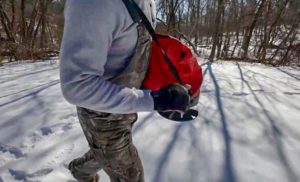
Food plot experts use frost seeding to “repair” an existing food plot that has developed bare spots or is a little thin in the forage department. A top dressing of fresh seed like Evolved Harvest Pro Clover will eventually make soil contact and, if all goes well, the seeds will germinate and new plants will be off and growing with the rest of the spring greenery. Tired old plots can be given a facelift with a good frost seeding. The best time to frost-seed is when the frost is coming out of the ground in early spring. The top layer of soil is forced open by alternating freezes (usually at night) and thaws (mostly sunny days). The ground takes on a honeycomb appearance during “frost out”. The freeze-thaw cycle allows the seed to penetrate the uppermost layer of soil and gives your seeds a reasonable chance of germinating and surviving.
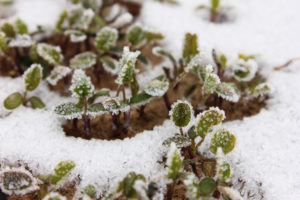
You can also spread seed on a snow surface that is in the process of melting down. As the snow melts, the seed will gradually make contact with the soil, and subsequent rains and or freezes will help “seat” the seed in the soil. Most food plot seeds like clover and chicory only need soil contact to germinate and grow. In fact, if they are covered by more than ¼ inch of soil, they may not grow at all. New food plots can be planted with a backpack sprayer and whirligig seeder. You simply spray the plot with herbicide in early fall (before the plants stop growing) and frost-seed the plot in spring, with no tractors, no plows, no ATVs dragging cultivation implements.
Sound too good to be true? Well, “frost seeding” does have its limitations. For starters, you can only do it on well-drained soils. If your plot tends to puddle from snowmelt or spring rains, forget about it. The puddle will kill the seed and you will be back where you started. Your only option there is to wait for the soil to drain and dry sufficiently for some form of light tillage that will support a traditional seeding. Also, “frost seedings” typically germinate well below seedings done with normal agricultural procedures. You can count on maybe 25-30% of a “frost seeding” to germinate and grow, so you have to spread 3x as much to get the same coverage. That’s why it is ideal for repairing thin spots or adding a new forage to an existing stand. Limitations aside, frost seeding has its place in the world of food plots. If a quick and easy fixer-upper is what you are looking for, give frost seeding a whirl (or whirligig).



















![The Best Deer Camp Chili [VIDEO] Deer Chili Ingredients, Tomatoes, Chili Spices](/wp-content/uploads/2015/10/Deer-Chili-Deer-Camp-Recipe-218x150.jpg)
![How to Call Elk Early in the Season [VIDEO]](/wp-content/uploads/2016/08/byers003-218x150.jpg)

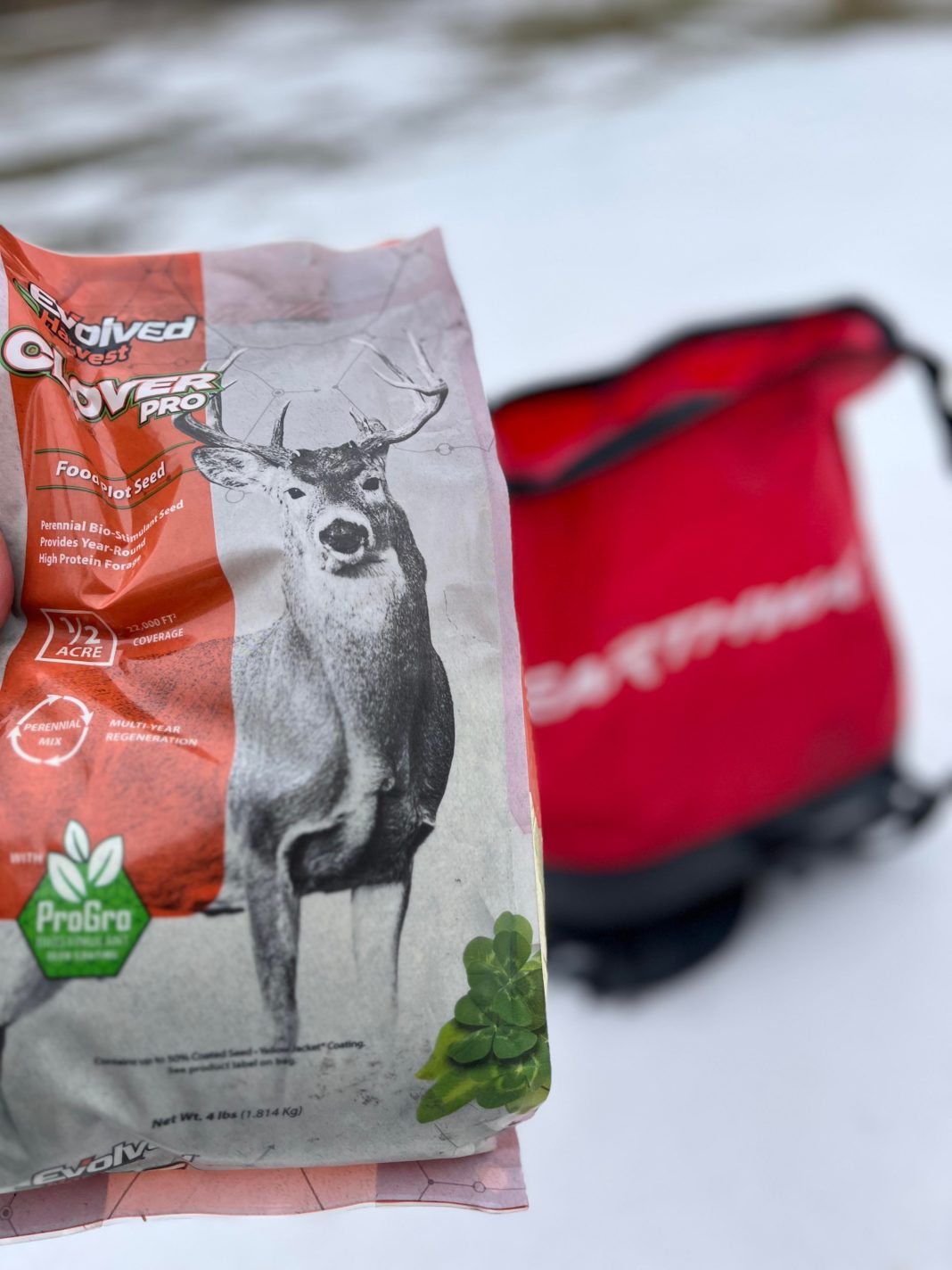
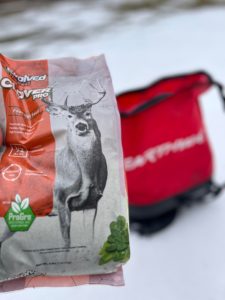
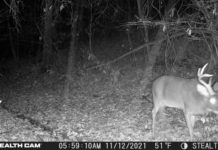


![Idiots Disturb Hunter: How Would You Have Handled It? [VIDEO]](/wp-content/uploads/2015/10/DSC00110-e1474487693878-100x70.jpg)
![Albino Buck Shocked to Shed His Antlers [VIDEO]](/wp-content/uploads/2015/10/AlbinoDeer-100x70.jpg)